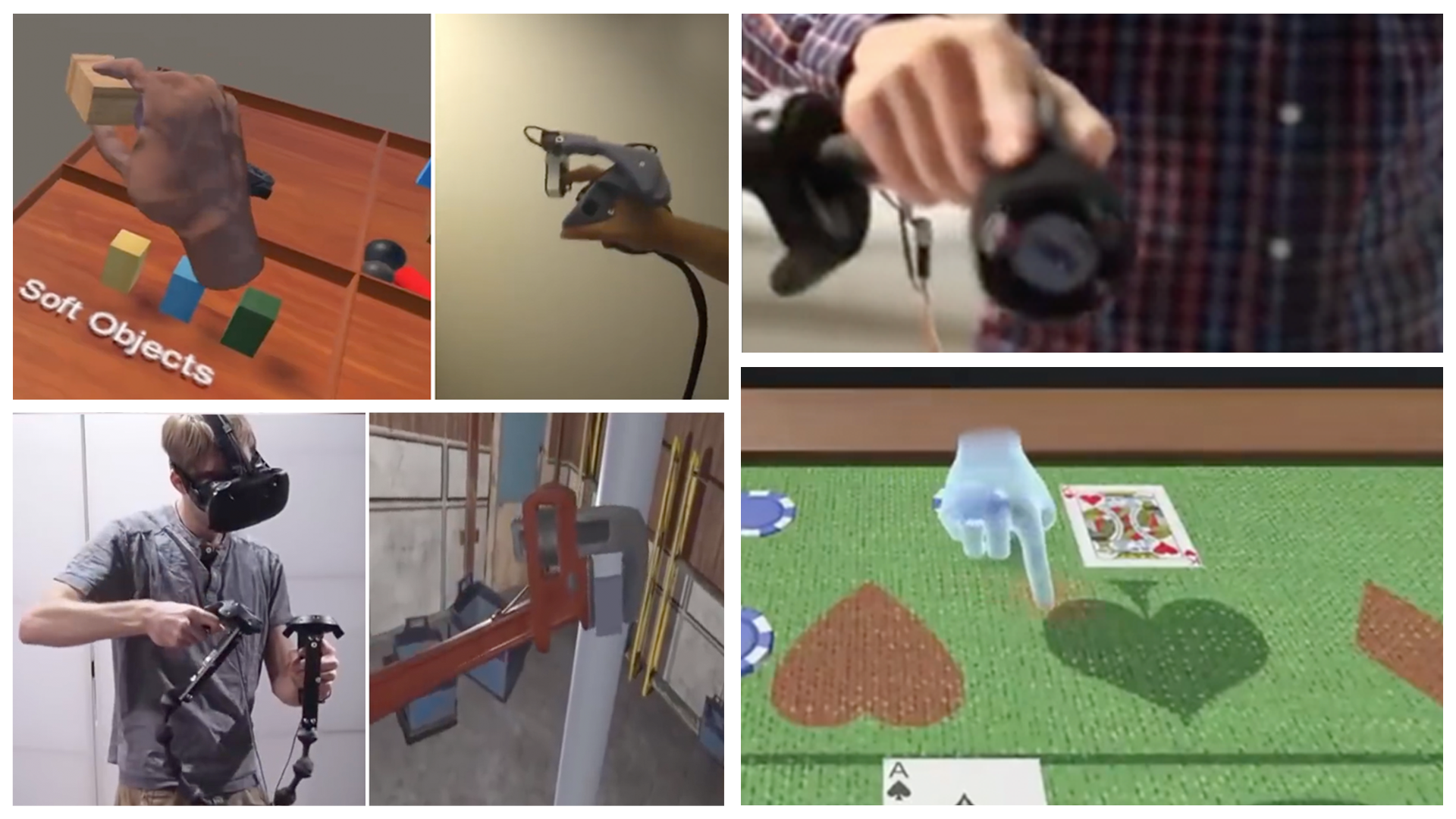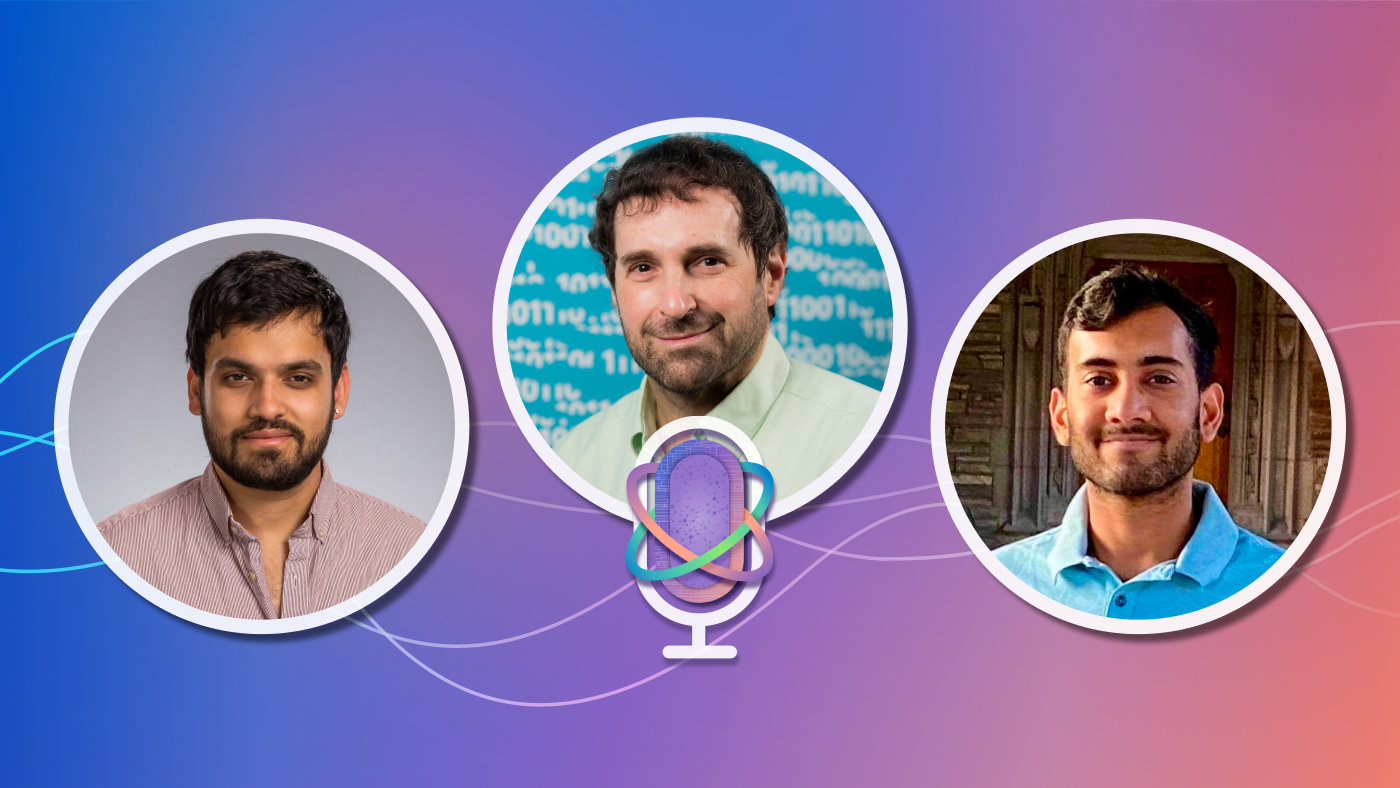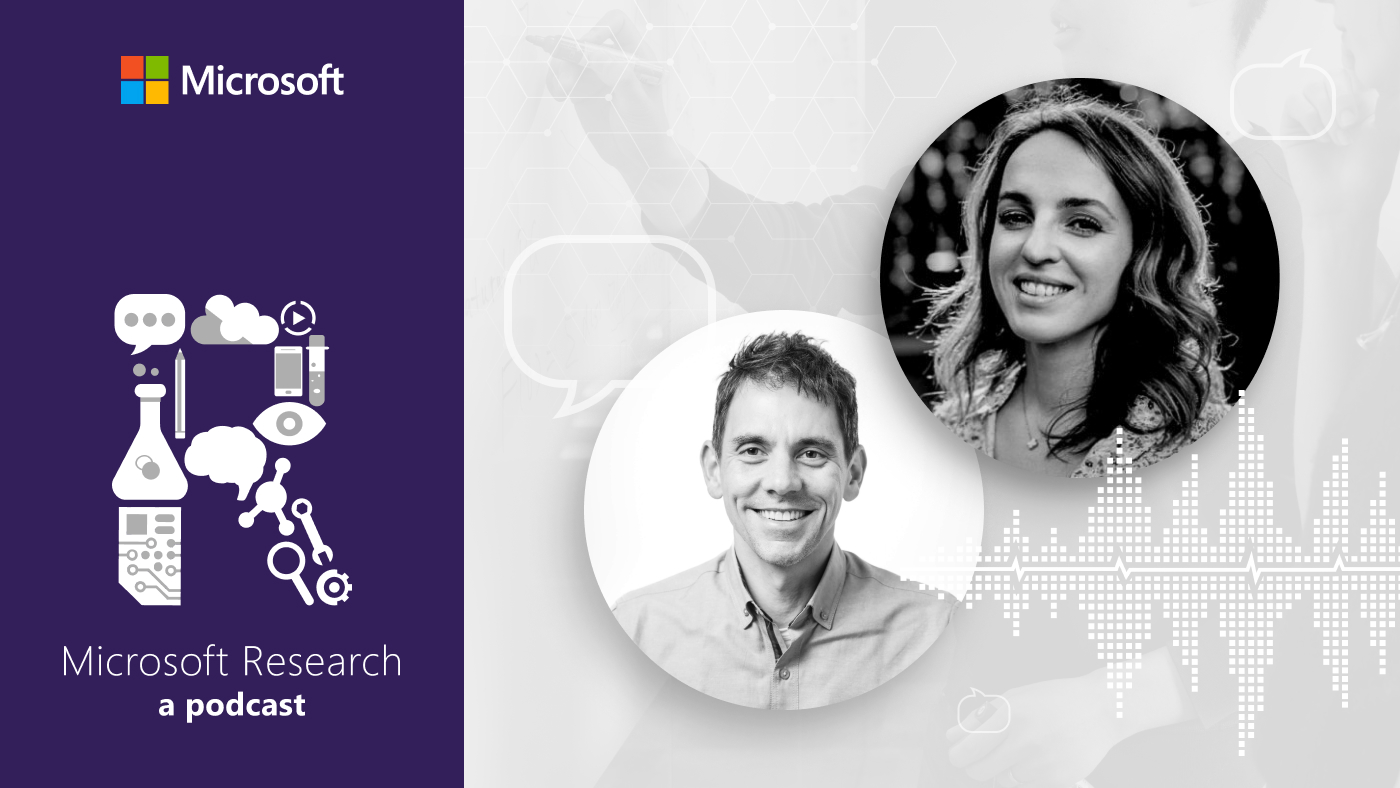By Rob Knies, Senior Editor, Microsoft Research
Peter Lee is a bit of a daredevil, having pursued race-car driving in his youth. He’s also a fervent believer in the importance of finding beautiful solutions to computer-science challenges. And, as of Sept. 27, he’s a Microsoft distinguished scientist and the new managing director of Microsoft Research Redmond. Lee, 49, follows Rico Malvar, who has been named Microsoft Research’s chief scientist and is chartered with helping set the strategic direction across the organization’s facilities worldwide.
Lee has had an illustrious career, serving as vice provost for research and then head of the Computer Science Department at Carnegie Mellon University. He then joined the U.S. Defense Advanced Research Projects Agency (DARPA), where he served as the founding director of the Transformational Convergence Technology Office and catalyzed the DARPA Network Challenge, which mobilized millions of people worldwide in a social-media-fueled hunt for red weather balloons—and demonstrated how effective social networking can be.
Spotlight: Microsoft research newsletter
Lee, a native of Columbus, Ohio, who is married to Susan and the father of a son, Harry, found a few minutes in the hectic days leading to his Microsoft debut to discuss his research philosophies.
Q: Why Microsoft Research, and why now?

Peter Lee
Lee: This is the best and most exciting computing research organization in the world, so when the opportunity was offered to me, I felt like I had no choice. I had to try this.
I’m used to being part of winning organizations. I was at Carnegie Mellon University, one of the top academic computer-science organizations, and I am very proud of my time there. And then I was with DARPA, with the chance to rebuild computing research at a place like that. It was intoxicating.
Now, in addition to that academic and government experience, I’m being offered this top industrial experience. I just couldn’t pass that up. We’re in a discipline that’s maturing in some ways, but the real transformational impact of computing technologies, in every aspect of life, is just starting to be felt. It seems to me that the timing is right. Over the next 10 years, we’re likely to see gigantic transformations, with computing right at the center of them, and Microsoft Research has a chance to play a key role.
Microsoft is a huge place, and Microsoft Research is a huge computing research organization. As I’ve been coming for reconnaissance visits and meeting people to try to get oriented and up to speed, it has taken a lot of discipline to not form opinions too solidly. Any opinions I’m forming now are bound to be wrong; the place is that big and rich and complicated.
Q: You’re known for having a keen interest in software security and reliability. What drew you to these areas?
Lee: When I got into computer science, my first research advisor was doing work in a field of computer science called formal semantics. I was pretty theoretical in my early years; my Ph.D. dissertation was on the theoretical side.
When I went to Carnegie Mellon, I had an office right between two hardcore networking faculty members. They were always asking me: “What on Earth are you doing? What value could this be?” From my perspective, my research was valuable because it was beautiful, but when I would say that, my colleagues would say, “Well, if all you care about is beauty, maybe you should be in the fine-arts school, not in computer science.”
I thought their criticisms were somewhat unfair, but they did get me thinking, “Well, how firmly do I believe that beautiful things are also useful things?” Fundamentally, that’s my belief. In fact, I think every good engineer believes that. Every good engineer believes that if the solution that you’ve come up with isn’t elegant and beautiful, then there’s probably a better solution out there. I definitely have that belief.
Those pointed questions early in my career got me to thinking: “What use is all this formal-semantics stuff anyway? It’s beautiful mathematics, but what does that add up to? And do I really believe that it’s got to add up to something?”
The most logical place to look was on the impact that these ideas could have on making more reliable software and, later on, analyzing and having techniques to develop more secure software. That really made my research career. All of the difficult questions that these guys were asking me actually helped me a lot and reinforced my belief that solutions to hard problems can and should be beautiful.
Q: Your background gives you a rare perspective on the interactions between academia, government, and industry. How can these segments work together most effectively?
Lee: Some years ago, academic computer science entered a period of austerity and had to be much more creative in funding its own research. That’s had some bad effects, but it’s also had some good effects. Researchers have had to focus on not only doing deep, solid research, but also on evangelizing, influencing thought, shifting paradigms, changing world views to get funding agencies or foundations or companies to understand why certain ideas and problems are important—just as a matter of survival, just to get their research funded. That creates a kind of pressure and sharpness and focus that can be beneficial. In that sense, universities that survived that process are coming out stronger than ever in their research.
At Microsoft Research, we’re in a slightly different situation: We have resources and world-class people. But we face the challenge of making a big impact in a big, successful company. The kinds of pressures are a bit different. It’s not pressure for more money or resources, it’s pressure for the best ideas.
The government has a completely different set of challenges. The amount of regulation and the number of safeguards so that taxpayer money isn’t abused or misused are pretty significant. But the government also has to balance sustaining a science and technology base, being as broad-based and democratic as possible, versus making a few small, strategic bets, or big bets on a small number of ideas. Balancing that is hard. Picking winners is a hard thing for the government.
I think of Microsoft Research as having the talent and the resources to be robust in both directions—as Rick Rashid [senior vice president of Microsoft Research] likes to say, to be an insurance policy for the company. If something surprising happens, we will have the experts. But, at the same time, we also make big bets and go after those. It’s one of the few places that can try to succeed in both ways.
Q: How did you come up with the idea for the DARPA Network Challenge?
Lee: I was brand-new at DARPA, which has an internship program for up-and-coming military leaders. Each of the armed services gets to nominate two or three people to spend a three-month internship at DARPA.
The new director decided that they should intern with a specific office director, and she assigned them to me. Furthermore, she wanted me to direct them on a three-month project. I was pretty scared, because even though I was fairly clueless, I knew that, as a civilian, going into a room full of 10 rising stars in the military and telling them to do a three-month project was not going to go over well. It’s a military culture.
So I told them, “We’re going to do a project.” They were all very polite with me, and then, when I left, my deputy was in the room, and he caught all the flak. They were just spitting mad, swearing up and down.
Then, the question was: What should the project be? They had a task for the first week: to develop a proposal for a project. They came up with a proposal, and I said no, it was too mundane. They came up with another idea, and I said no again, and I gave a lecture on current research in social media, at the end of that saying, “Here’s something to think about,” trying to take them out of their comfort zones.
At the same time, there was a news report about some college kids who had launched a weather balloon about 22 miles into the atmosphere and were taking beautiful pictures of the earth’s surface. The team put two and two together and said, “Why don’t we have a search for missing children or downed pilots using homemade surveillance?” I pointed out that the U.S. military is not allowed by law to do any surveillance of U.S. citizens and suggested that we just have the balloons be the objects that we’re looking for. And they developed and executed that entire project in 90 days. It was amazing. About 4,400 teams registered from all around the world, several million people participated, and we learned a tremendous amount about online collaboration in highly adversarial environments. Some of the concepts are being used now by the military. It was very rewarding.
Q: What kind of research is worth promoting and encouraging?
Lee: I tend to think of a research organization as having to develop a portfolio. That portfolio would have research questions or activities that are in one of three different lanes, and those lanes get equal emphasis.
One lane is just the search for truth and knowledge—basic curiosity-driven research. This is, I think, what Rick sometimes refers to as the insurance policy. We’re trying to push the frontiers of knowledge and become as deep an expert in as many things as possible. That’s one lane.
A second lane is mission-oriented. That’s trying to understand the key technical problems that Microsoft’s product groups are facing and helping them solve them, helping them imagine the next versions of their businesses and their products, or developing workable, profitable concepts for new businesses. That’s mission-oriented.
The third lane is the search for disruptions—surprising ideas, ideas that could be viable threats to our current businesses, things that are sometimes wacky or fringe but end up evolving into new paradigms.
Those three lanes, I think, have to receive about equal emphasis in the research lab. When I look at the research portfolio here, I’m hoping that we’re doing enough in all three lanes to be a major force in all three ways—that the company views our mission-oriented activities as being valuable, that our basic research is leading to lots of scholarly publications and Nobel Prizes for our researchers, and that this disruptive trend is surprising people and, sometimes, making people upset. We need to be doing all three of those things.
Q: What do you enjoy doing outside of work?
Lee: (laughter) Let’s see. I’ve always had an interest in cars. I’ve worked on cars, I did auto racing for a while—kart racing, Formula Ford, Formula 2000: open-wheel racing. I’ve raced less since having a son, but I go to quite a few races. And my son is 13 years old now, and he’s actually showing some aptitude in karts …
My son is a very good musician. In classical music, he’s a pretty good violinist and plays in a youth orchestra. He’s also a good guitar player, both guitar and bass. I’ve been trying to play with him on piano. I try to accompany him when he’s playing violin, but it’s very, very hard.
I guess the upshot is that, actually, I’m not doing anything except work. I work all the time. (laughter)
Q: What are you most eagerly awaiting as you start this new role?
Lee: Microsoft Research is an amazing place. There are giants of the field roaming the hallways, and they’re not even full of themselves, because as prominent and as accomplished and as smart as they are, they’re average in a place like this. Getting immersed in an environment where there are people like this just roaming around, rubbing elbows with all of those people, is something I’m really looking forward to.
I’ve also been really impressed with the passion and the commitment to doing world-class research. It’s unusual to see how committed this place is.
Having said that, the company as a whole and Microsoft Research are still searching really hard for the next big thing. I think it’s just a matter of time—and I don’t think too long—before the next big thing gets developed and hits. My general sense is I’m joining at exactly the right time. I think I’m going to be here and maybe even have a hand in creating that next big thing.





